The English edition (e-book) of my book "The Textbook of Ideas: Dentsu Inc. Spiral Thinking" is now available! 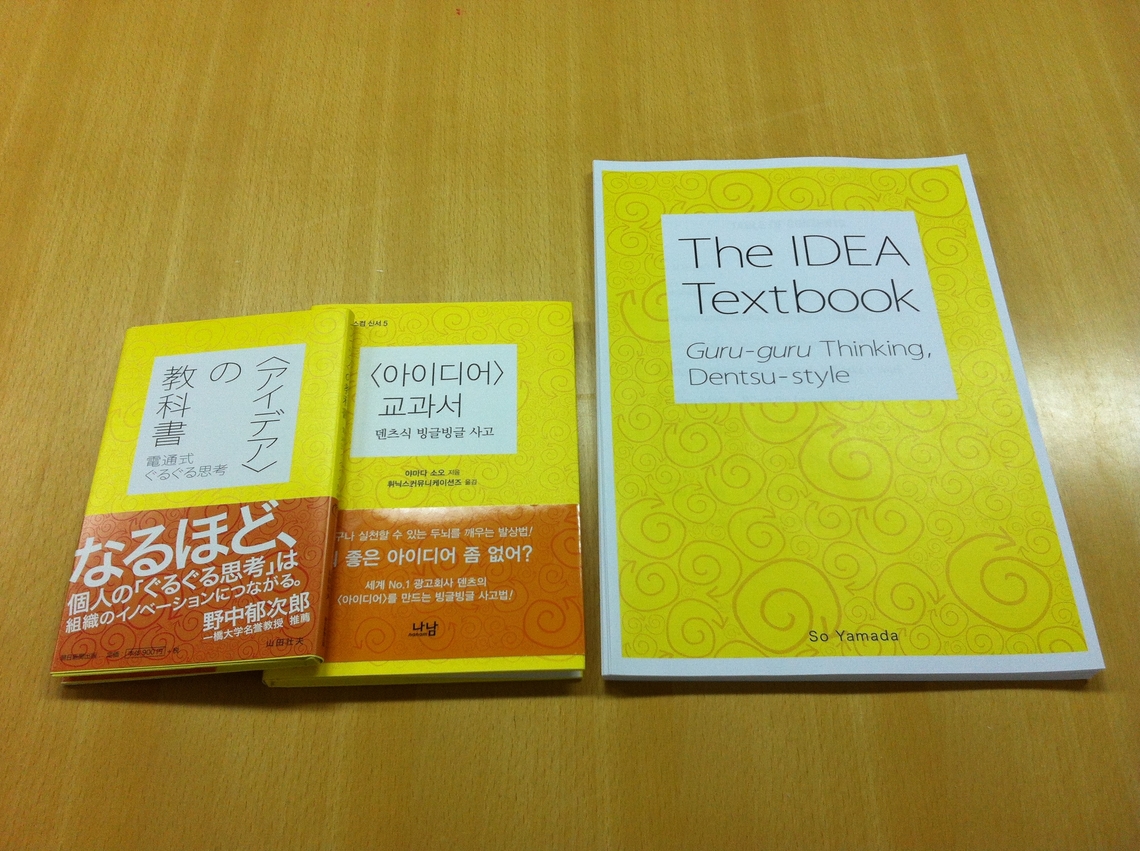
This marks the third language edition, following Japanese and Korean. My original motivation for writing was simply to spark more people's thinking about "ideas" and "innovation." Knowing it can now reach readers abroad brings me immense joy. Oh! And of course, I'm deeply grateful to everyone reading this column in Japanese. Yes.
To be honest, when the Korean version came out, I couldn't make heads or tails of the translation draft. I couldn't really check the content either. But with the English version, I couldn't just leave it entirely up to them. Using my rusty language skills, I replaced a few examples. One of them was "Karakuri Samurai Sessha 1." I added a new reference about this local hero from Shizuoka Prefecture.
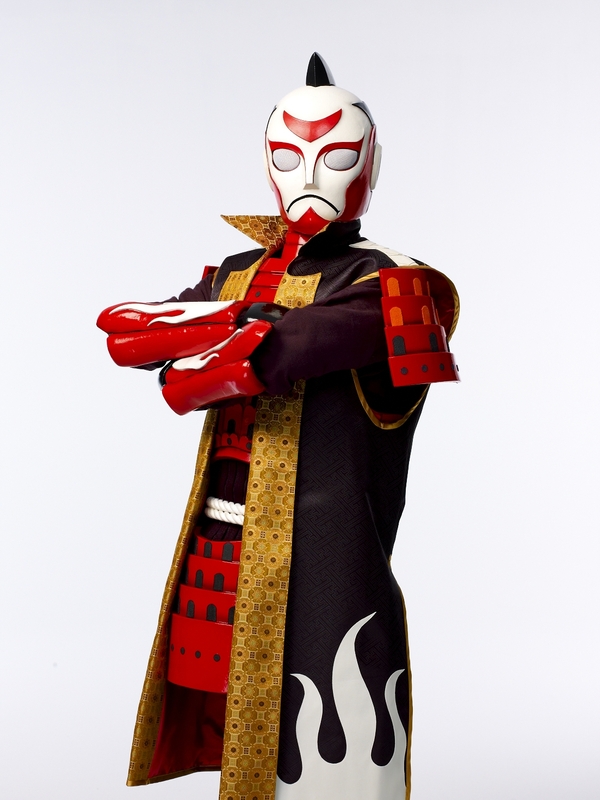
-------In the early Edo period, Tsuda Sukezaburo, known as the founder of Japanese clocks, created the ultimate guardian machine to protect his lord: the "Karakuri Samurai Sessha 1." It is clad in red armor, inspired by the famed "Ii Red Armor" troops, hailed as the strongest in the Sengoku period. April 2011. It was created in response to a crisis facing Shizuoka, the Earth, and Ekiminami Ginza, based on ancient documents passed down in secret. -------
This is the description on the official homepage. A TV program aired in Shizuoka two years ago, but actually, this is a character created by Dentsu Inc. Creative (a joint project with TV Shizuoka). I'm also serving as producer and errand boy.
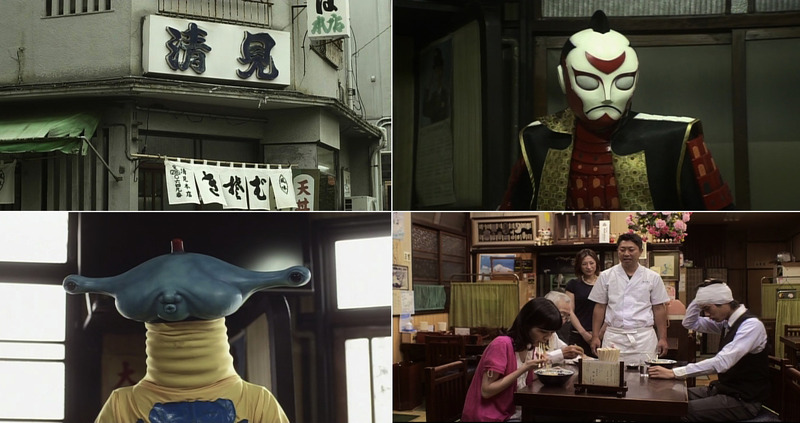
The concept is "heroes you can actually meet." (Huh? Does that sound familiar?)
The drama is set in the real-life "Ekinan Ginza Shopping Street," just a 2-minute walk from Shizuoka Station's South Exit. And the people appearing in the drama are actually those who work in the shopping street. For example, at "Kiyomi Soba," famous for its delicious ramen, both the owner and his wife gave passionate performances.
If you actually visit that shopping street, you can meet many of the characters (though they're just regular folks working in the shopping street). Furthermore, the heroes like "Sessha 1" and the villains like "Splash Alien" often hang out in Ekinan Ginza too. (Since good kids are reading this, details are a secret, but Mr. Aoki from the greengrocer's always does his best). If you spot a character on the street and call out to them, you can get a photo together or even an autograph.
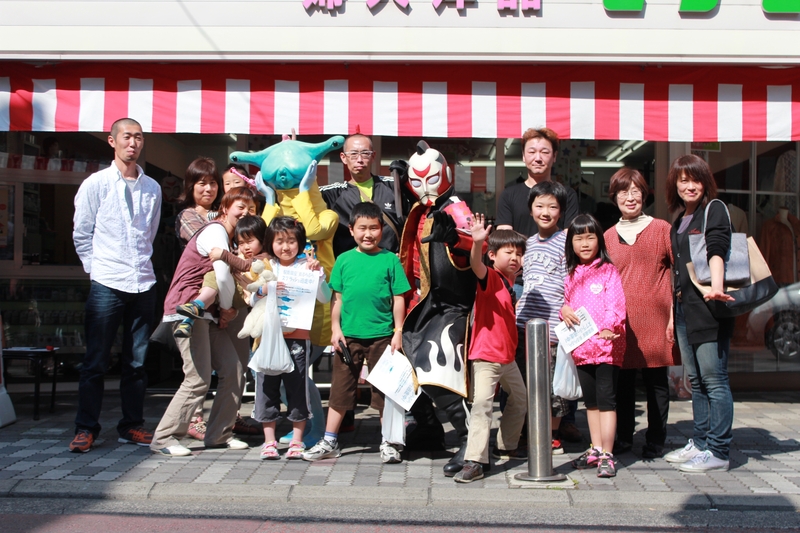
For viewers of the show, Ekinan Ginza is "Sessha 1's Playground." Both the program and the shopping district events were structured entirely around the concept (and perspective) of "heroes you can meet in person." Nearly two years have passed since the first broadcast, yet even now, on Sunday afternoons when Sessha 1 often appears, many fans gather in the shopping district.
And the Kiyomi Soba ramen, featured in the show as the "Ramen of Destiny" that connects you to your soulmate when eaten, created by the Splash Star People, is also hugely popular.
Writer Sadao Tokai once wrote an essay praising "ordinary ramen" rooted in daily life, stating, "Ramen wasn't originally meant to be eaten with eyes narrowed in anticipation."*1 Kiyomi Soba is precisely that kind of bowl, priced at 450 yen.
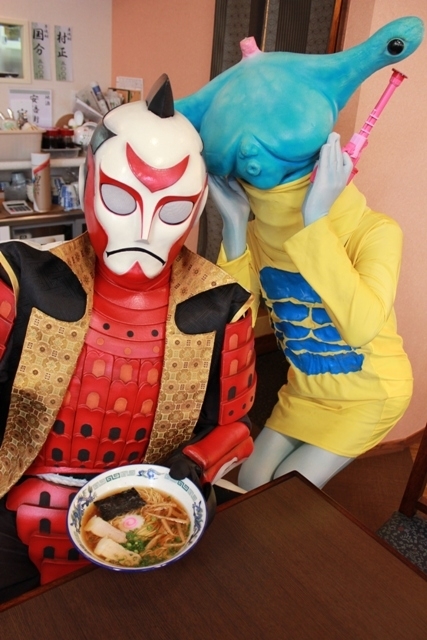
Karakuri Samurai: Sessha 1 has been airing nationwide on BS Fuji every Sunday morning (9:30 AM) since April this year. Some episodes are also available on YouTube. Rumor has it a second season will start this summer!
Why not give it a watch and then head down to Ekiminami Ginza for a leisurely bowl of ramen?
Enjoy!
※1 From Sadao Tokai's "Gohan no Marukajiri" (Bunkobon, 2006).
For event information on Ekiminami Ginza, click here.







